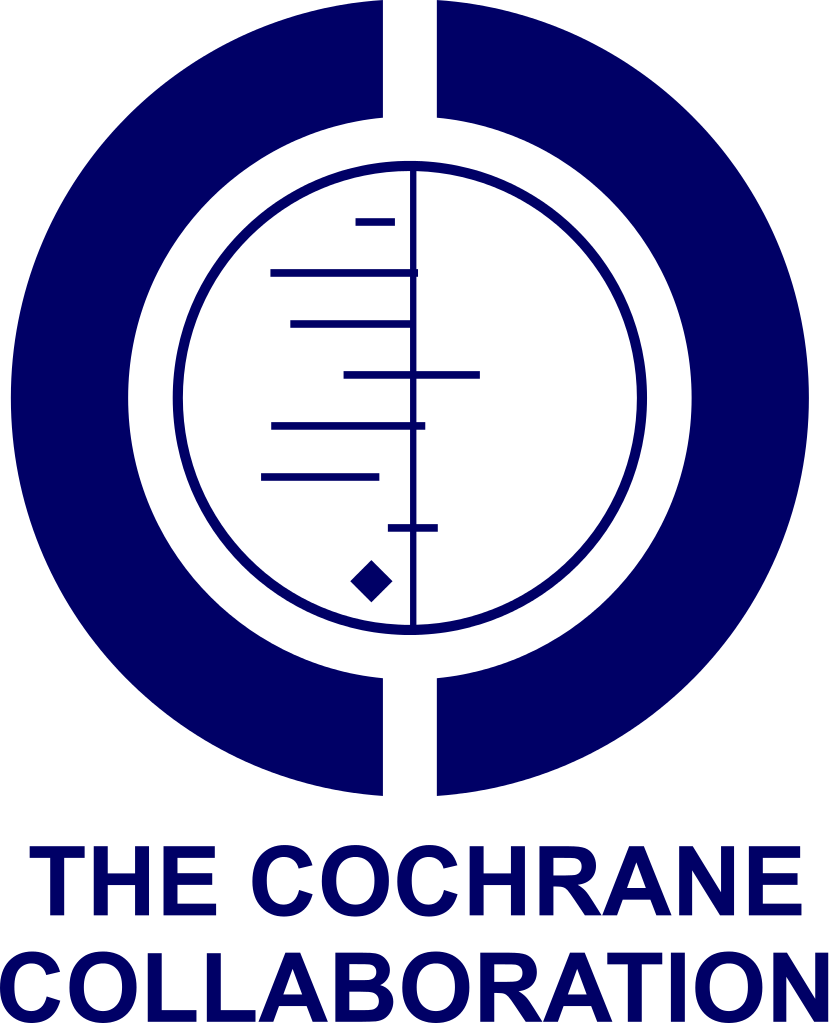
‘Dihydroartemisinin-piperaquine is more effective than artemether-lumefantrine, and has fewer side effects than artesunate-mefloquine’ concludes a systematic review published by the Cochrane Infectious Disease Group, hosted by LSTM.
Dihydroartemisinin-piperaquine is one of five artemisinin-based combination therapies currently recommended by the World Health Organization (WHO), and this review finds that it is also one of the most studied. The team of authors from South Africa, Kenya, Geneva and Liverpool included 27 randomized studies, enrolling 16,382 adults and children, which directly compared the relative efficacy and safety of dihydroartemisinin-piperaquine and the widely used alternatives; artemether-lumefantrine, artesunate plus mefloquine, and artesunate plus amodiaquine.
“The very long duration of action of piperaquine in this combination, means that DHA-P reduces the risk of the person suffering another bout of malaria for up to nine weeks after treatment”, explained David Sinclair from LSTM. “This gives it an advantage over most of the other combinations. Mefloquine has a similarly long duration of action but commonly causes side-effects such as nausea, vomiting and dizziness.”
Dihydroartemisinin-piperaquine also became one of the few antimalarials to be formally registered by a stringent regulatory authority when the European Medicines Agency approved it for use in 2013. The registration process highlighted concerns that dihydroartemisinin-piperaquine caused some short term changes in electrocardiographs tracing the conduction of the heart rhythm. The review also examined this effect, and the authors report that the number of people affected by these changes is small and all resolved spontaneously without serious consequences.
Dihydroartemisinin-piperaquine for treating uncomplicated Plasmodium falciparum malaria, Babalwa Zani, Michael Gathu, Sarah Donegan, Piero L Olliaro and David Sinclair. Published Online: 20 JAN 2014